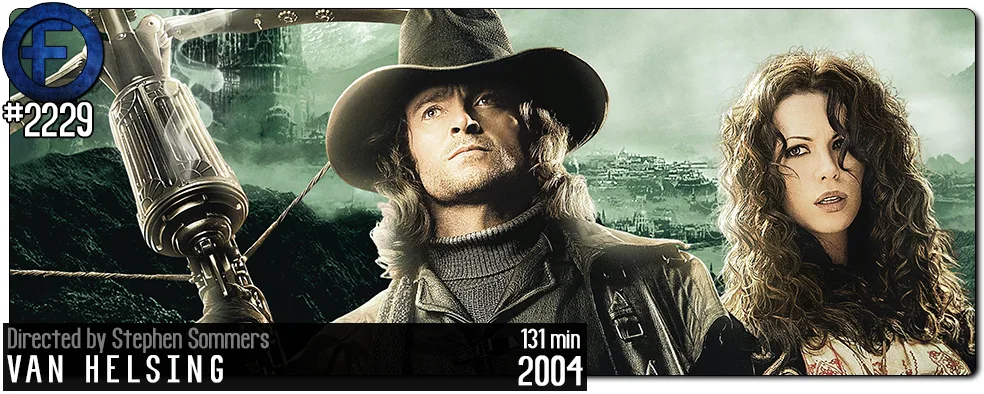Movie Review – Van Helsing
Principal Cast : Hugh Jackman, Kate Beckinsale, Richard Roxburgh, David Wenham, Shuler Hensley, Kevin J O’Connor, Will Kemp, Elena Anaya, Alun Armstrong, Silvia Colloca, Josie Maran, Tom Fisher, Samuel West, Stephen Fisher, Robbie Coltrane.
Synopsis: The famed monster hunter is sent to Transylvania to stop Count Dracula, who is using Dr. Frankenstein’s research and a werewolf for nefarious purposes.
********
Okay, so there are good films, there are bad films, and then there are those that fall into a category all their own. Van Helsing, directed by Stephen Sommers, undoubtedly belongs to the latter group. With a runtime that feels almost as long as the centuries the titular character has been hunting monsters, this film promised a mix of action, horror, and adventure. Unfortunately, what it delivered was the chaotic cacophony of a terrible screenplay, inconsistent visual effects, and a complete inability to make the action exciting.
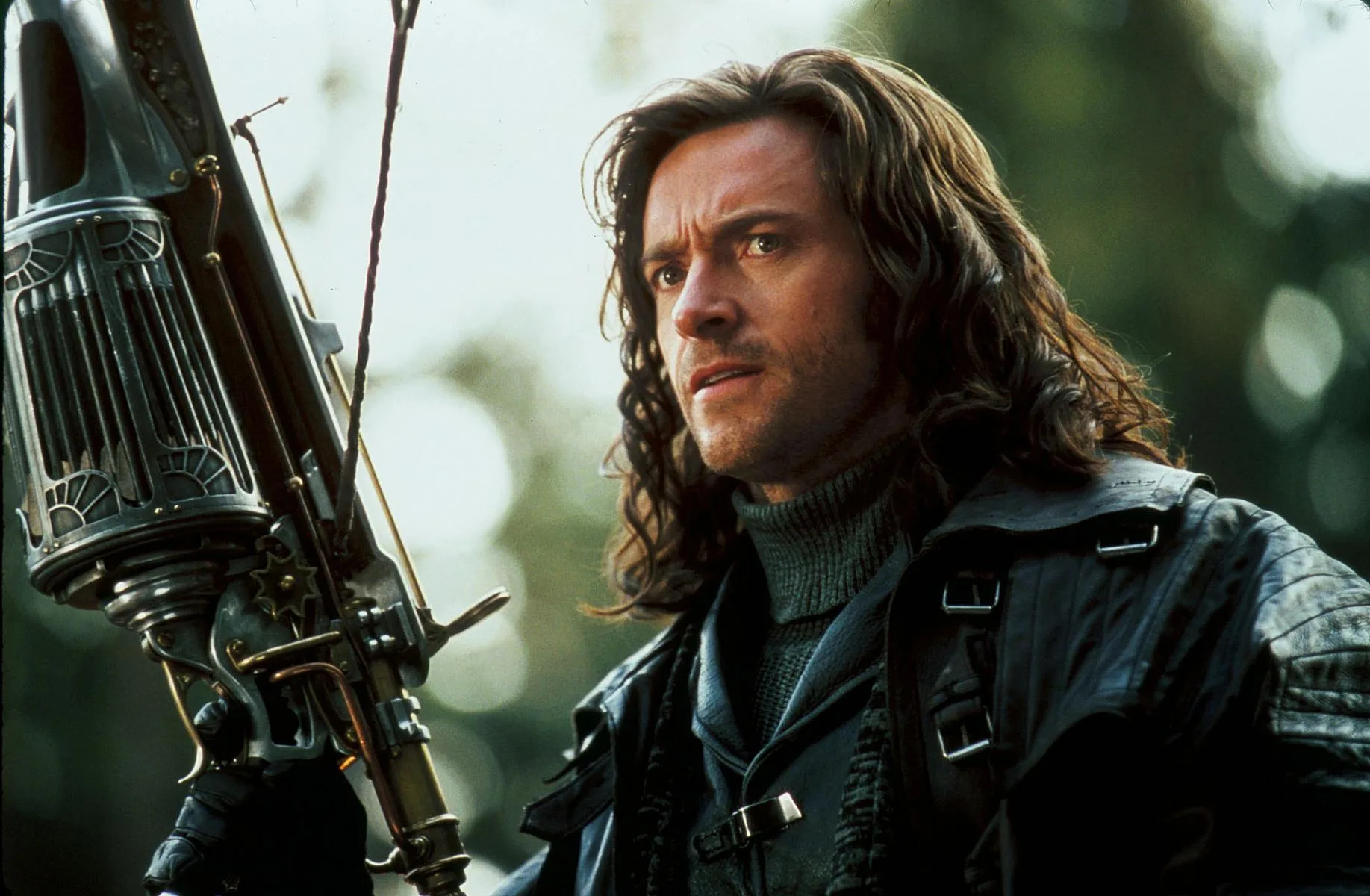
The film kicks off with an action-packed prologue as Van Helsing (Hugh Jackman), decked out in late 19th-century attire, confronts Mr. Hyde in a seemingly never-ending chase through the streets of Paris. The visual effects are immediately questionable as Hyde’s transformation from the hulking brute to his human form lacks the sophistication one would expect from a big-budget production. As the sequence unfolds, it’s clear that the CGI is a mixed bag, a foreshadowing of what’s to come. Van Helsing, a legendary monster hunter working for the Vatican, is tasked with eliminating the notorious Count Dracula (Richard Roxburgh). He is joined by a resourceful, yet inexplicably coy, friar named Carl (David Wenham). The pair arrives in Transylvania, a place that seems to have an identity crisis, with a landscape that oscillates between dark, gothic villages and sweeping, bright green landscapes that feel like they’ve been lifted from an entirely different movie. Once in Transylvania, Van Helsing encounters Anna Valerious (Kate Beckinsale), the last surviving member of a noble family committed to ridding the land of Dracula and his brood of monsters. It’s here that the plot takes a convoluted turn, as Van Helsing and Anna embark on a quest to kill Dracula, end a curse on her family, and uncover their own mysterious pasts. But, rather than diving deep into character development or world-building, the film opts for a disjointed, incoherent narrative that’s more concerned with CGI-infused action sequences than with storytelling. The plot becomes even more befuddling with the introduction of Dr. Frankenstein (Shuler Hensley), whose monster is being used by Dracula to bring his offspring to life. Yes, you read that correctly – Dracula is now an evil scientist too. The storyline barrels forward with reckless abandon, juggling werewolves, vampires, and an assortment of other creatures, leaving the audience feeling as if they’ve been thrust into a cinematic blender.
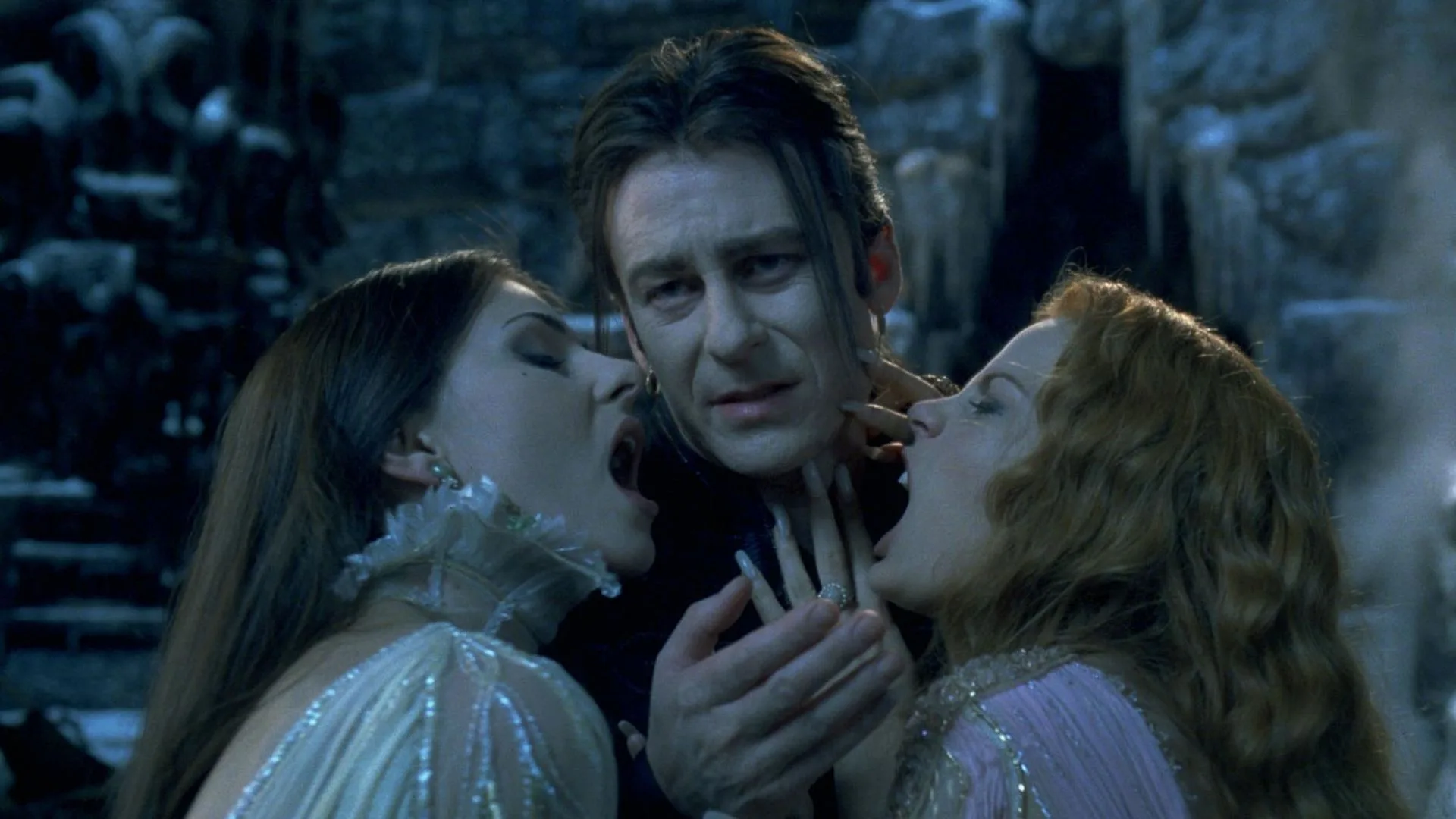
As the film barrels towards its climax, the viewer is subjected to a muddled mess of climactic battles, none of which provide the emotional payoff they ought to. The film’s resolution is not only unsatisfying but also remarkably underwhelming, leaving the viewer with a sense of confusion and disappointment. One of the most anticipated aspects of Van Helsing was the promise of visual effects. Unfortunately, the film’s visual effects can be likened to a bumpy ride on a ghost train – full of jumps, scares, and jolts, but ultimately failing to impress. From the very first scene, it’s clear that the film relies heavily on CGI, but the execution often falls flat. The transformation of Mr. Hyde is an early indicator of the film’s shortcomings in this department. Rather than a seamless blend of practical effects and CGI, Hyde’s transformation looks more like an awkward and jarring computer-generated transition. This is an issue that plagues many of the creature effects throughout the movie. The werewolves in Van Helsing are a case in point. Rather than appearing as menacing and terrifying creatures, they often look like computer-generated cartoons with the gravity-defying movements of action figures. The disconnect between the CGI and the live-action elements of the film is glaring, constantly reminding the audience that they are watching a work of fiction.
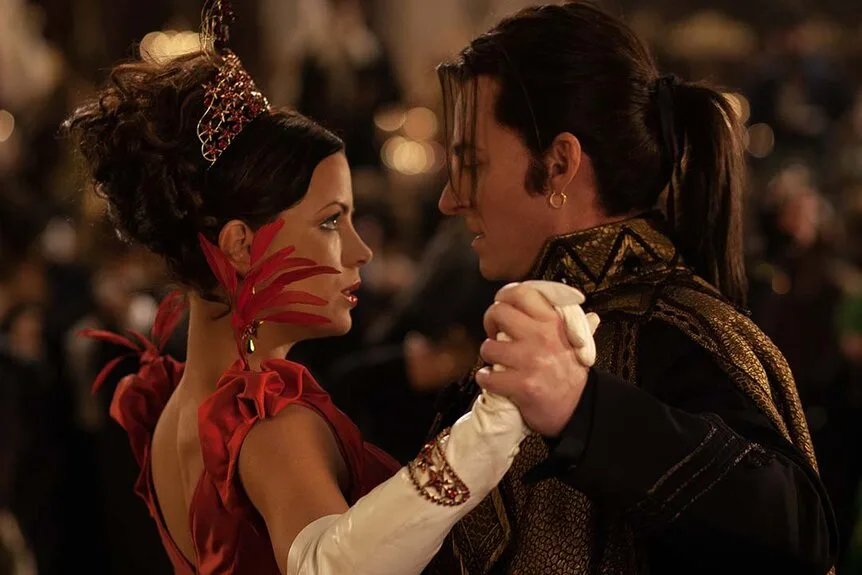
On the other hand, some of the practical effects, such as the sets and costumes, are impressive. The gothic architecture of Dracula’s castle and the detailed period costumes are visually stunning and add a touch of authenticity to the film. However, these elements are overshadowed by the over-reliance on CGI, which detracts from the film’s overall aesthetic. Inconsistent character designs also contribute to the visual chaos of Van Helsing. Dracula, played by Richard Roxburgh, is given an odd and uninspiring makeover, coming across more as a dandy villain in a period drama than the formidable vampire lord he’s supposed to be. The film attempts to introduce a new take on classic monsters like Dracula and Frankenstein’s monster but fails to make them memorable or visually compelling.
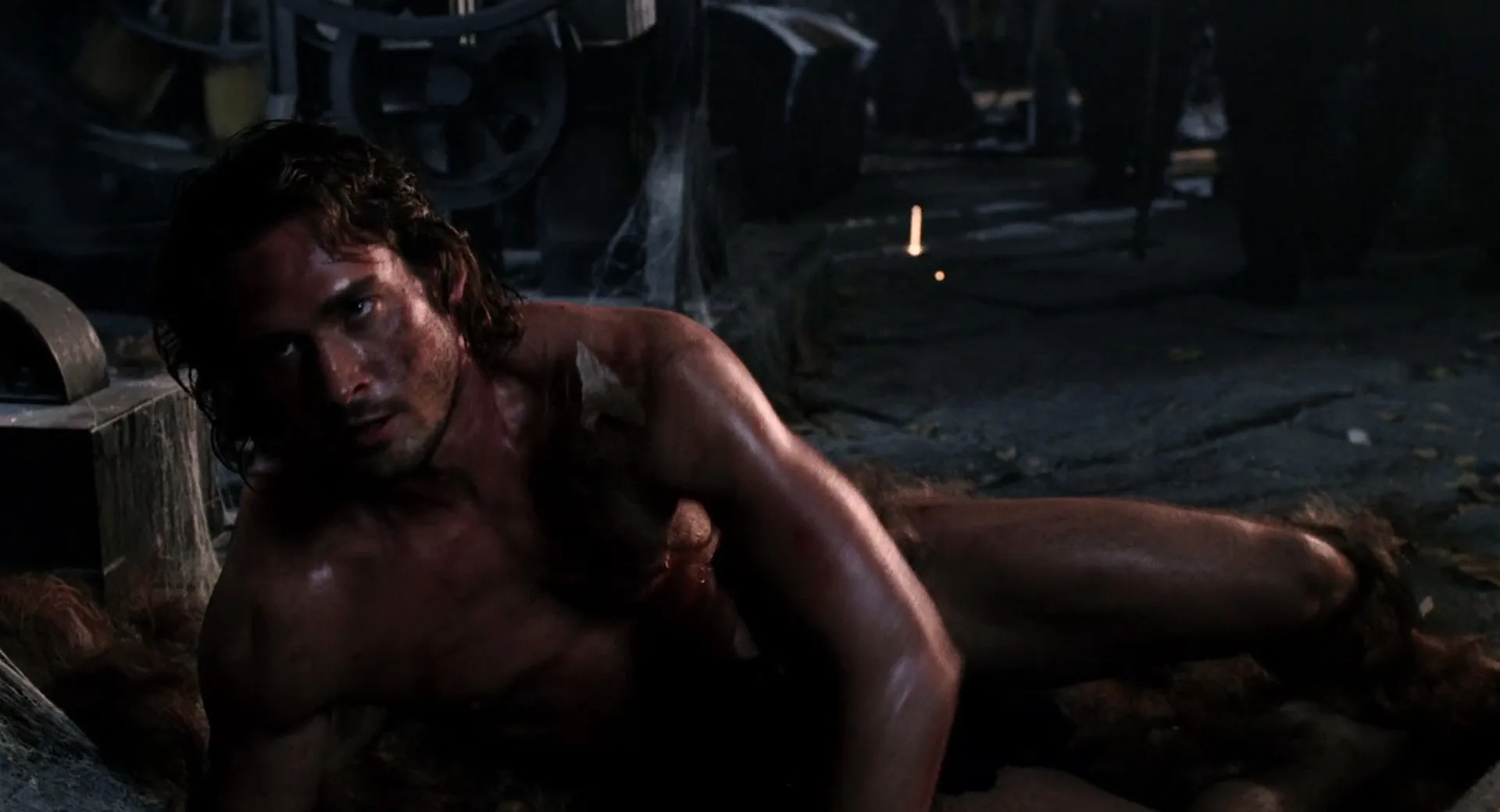
The plot of Van Helsing is an exercise in narrative confusion and cliché overload. Rather than crafting a well-thought-out and engaging story, the film seems to have thrown in every horror and adventure trope available and hoped for the best. The film’s central premise is convoluted and struggles to maintain a sense of coherence. It introduces a multitude of subplots, including the curse on Anna’s family, Dracula’s quest to use Frankenstein’s monster to create offspring, and Van Helsing’s mysterious past. With so many elements in play, the film lacks focus and depth, leaving viewers with a shallow and unsatisfying narrative experience. In an attempt to infuse the story with emotional weight, the film explores the relationship between Van Helsing and Anna. However, their interactions are often undermined by clunky dialogue and a lack of genuine chemistry. It’s challenging to invest in their budding romance when it feels forced and unconvincing.
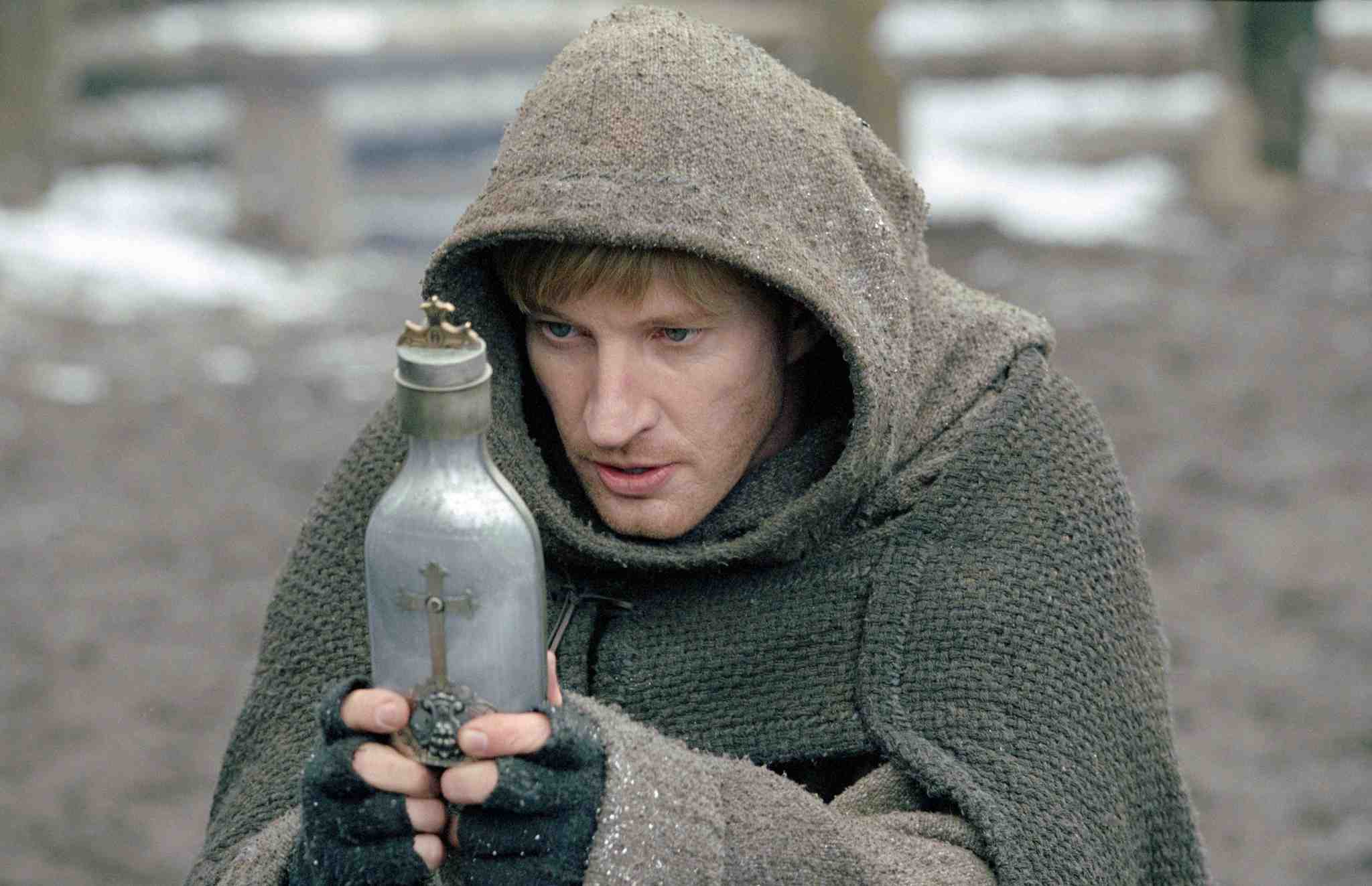
The film’s treatment of classic monsters is equally disappointing. Dracula, the iconic vampire, is reduced to a one-dimensional, snobbish villain with little depth or charisma. Similarly, Frankenstein’s monster is used as a convenient plot device rather than a character with a meaningful role in the story. These iconic monsters deserve more respect and creativity than they are given in Van Helsing. The film’s attempts to add layers to Van Helsing’s character, particularly regarding his mysterious past, fall flat due to a lack of sufficient exploration and development. The audience is left with a protagonist who is more of a two-dimensional action hero than a complex and intriguing character. The incoherent plot and inconsistent character development ultimately make Van Helsing feel like a missed opportunity. With such a rich source material to draw from, the film could have offered a fresh take on classic horror tropes and adventure. Instead, it relies on tired clichés and fails to deliver a compelling story.
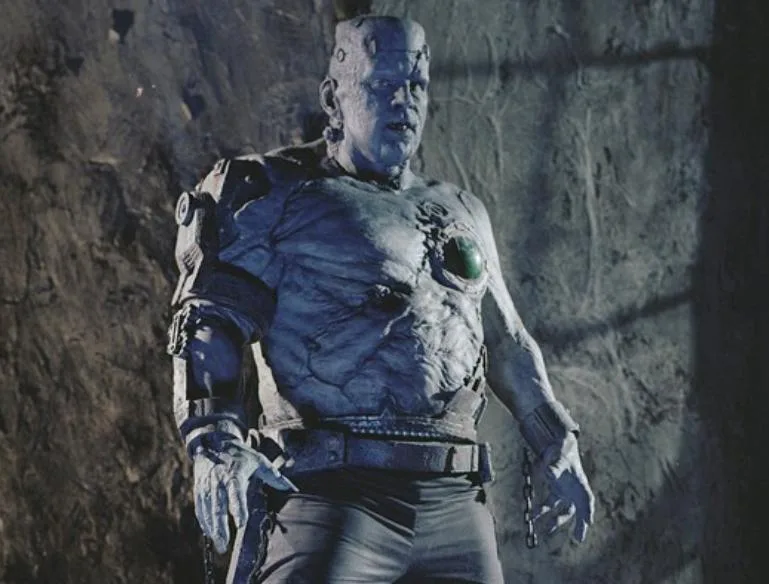
One of the most glaring flaws in Van Helsing is its screenplay. The dialogue is riddled with clichés, cringe-worthy one-liners, and forced attempts at humour that fall flat. Rather than enhancing character development or advancing the plot, the script often detracts from the viewer’s immersion in the story. Carl, the friar, is the main source of comic relief, but his humour often feels out of place and forced. The film’s tone constantly shifts between campy and serious, leaving the audience unsure of how to react to the dialogue. This inconsistency in tone makes it difficult for the viewer to connect with the characters or the story.
In addition to the problematic humour, Van Helsing is filled with cringe-worthy lines that are better suited to a B-movie rather than a big-budget production. Lines like “I have no idea what’s going on” or “I’ve never done this before” are absolutely meaningless and do little to engage the audience or create a sense of tension or excitement. The film’s script also fails to provide meaningful character development or depth. Characters often rely on expositional dialogue to convey their backstories or motivations, rather than allowing these aspects to emerge organically through the narrative. As a result, the characters feel one-dimensional and underdeveloped.
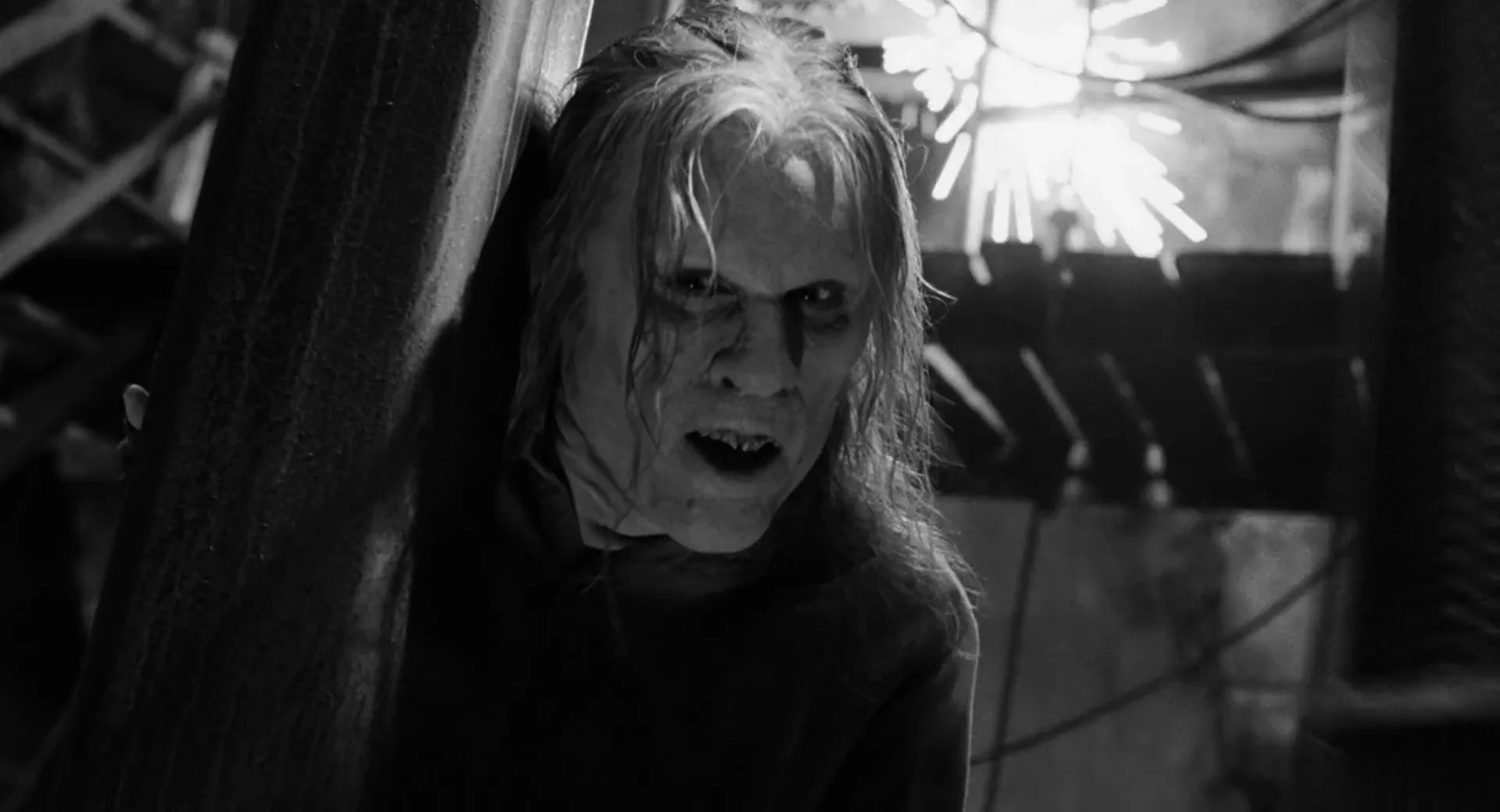
Despite a desperate desire to make the action exciting, director Stephen Sommers’ approach to the film’s action sequences falls flat. With a background in action-adventure films such as The Mummy franchise, one would expect Sommers to deliver thrilling set pieces. Unfortunately, Van Helsing is filled with underwhelming and disjointed action scenes. The film’s action sequences suffer from a lack of clarity and coherence. It’s often challenging to follow the movements of the characters and the creatures they’re fighting, as the camera work and editing create a chaotic and disorienting experience. The overreliance on CGI further detracts from the physicality and impact of the action, making it difficult to invest in the stakes of the battles. The film’s climactic battles, which should have been the highlight of the movie, are marred by a sense of spectacle over substance. Rather than building tension and excitement, these sequences are overwhelmed by the frenetic use of CGI and an excess of explosions and special effects. It’s as if the film is trying to compensate for its lack of storytelling and character development with bombastic action, but it only exacerbates the film’s shortcomings. The lack of practical effects and choreography in the action scenes robs them of the physicality and realism that could have made them engaging. The overuse of wirework and CGI acrobatics creates a sense of weightlessness, detracting from the impact of the fights.
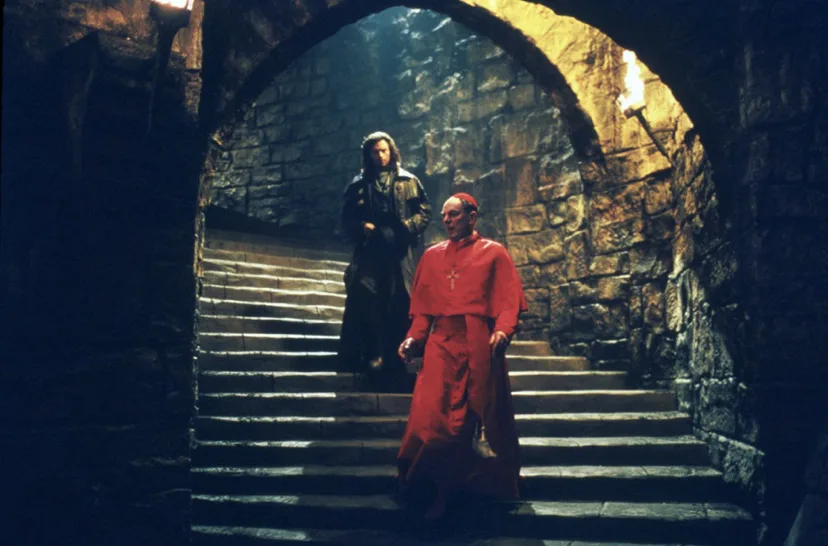
In the realm of Dracula-themed movies, Van Helsing pales in comparison to previous adaptations. While the character of Van Helsing has appeared in numerous films and series over the years, the film’s depiction of him deviates significantly from his literary origins. In Bram Stoker’s Dracula, Professor Abraham Van Helsing is a brilliant and resourceful Dutch doctor with a deep knowledge of obscure diseases and a steadfast determination to rid the world of Count Dracula. He is a complex character, blending intelligence with a deep sense of duty and morality. This portrayal of Van Helsing has been a hallmark of the character, emphasizing his intellect, courage, and unwavering commitment to defeating the vampire.
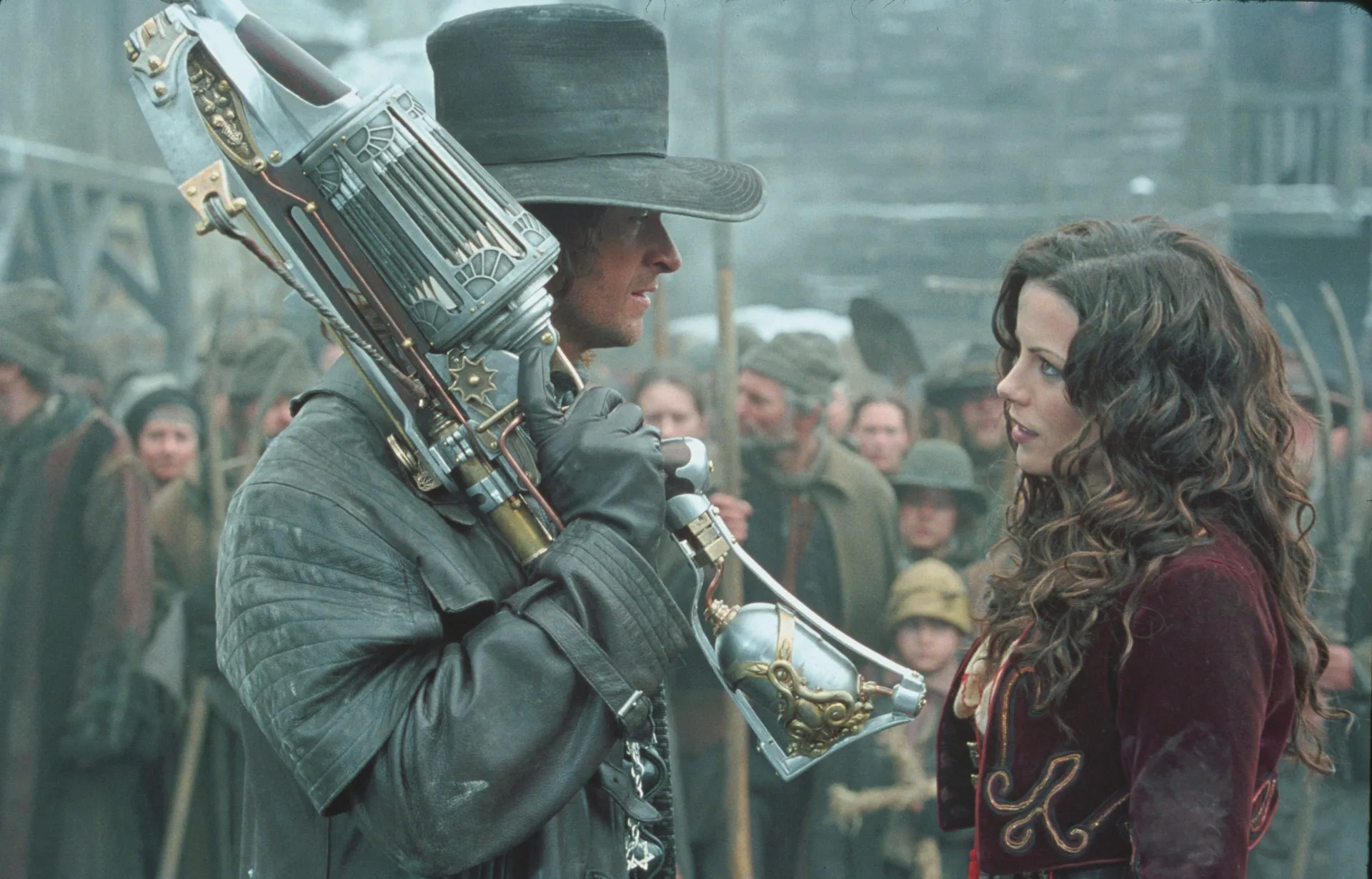
Van Helsing, on the other hand, turns Van Helsing into an action hero with a mysterious past. While Hugh Jackman brings charisma to the role, the character lacks the depth and intelligence that have defined Van Helsing in the original novel and many classic adaptations. The film sacrifices character development for over-the-top action sequences, leaving the character of Van Helsing feeling one-dimensional. When it comes to previous Dracula-themed films, there have been iconic portrayals of the vampire lord and his adversaries. Films like Francis Ford Coppola’s Bram Stoker’s Dracula and F.W. Murnau’s Nosferatu have presented nuanced and memorable versions of Dracula. These films captured the essence of the vampire as a seductive and enigmatic antagonist. In contrast, Van Helsing reduces Dracula to a one-dimensional villain who lacks the sophistication and allure of previous interpretations. The film’s attempts to make Dracula an evil scientist and a menacing vampire lord fall short, robbing the character of the complexity that has made him an enduring literary and cinematic figure.
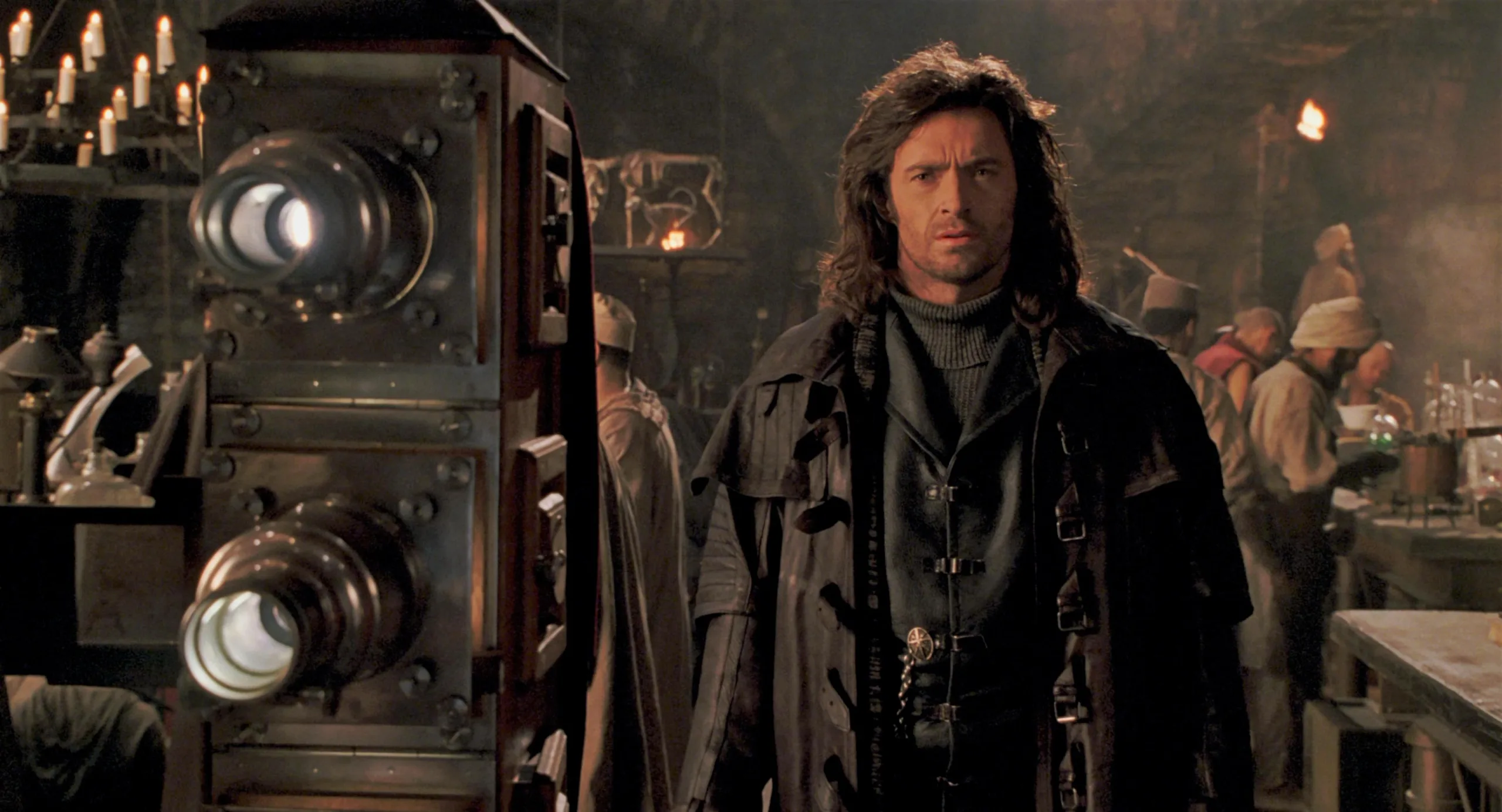
While the film may have found a niche audience who enjoy campy, over-the-top action and are willing to overlook its numerous flaws, it remains a missed opportunity to breathe new life into the world of classic monsters. With its convoluted plot, underdeveloped characters, and lacklustre action, Van Helsing is a misstep in the annals of horror cinema, one that leaves audiences yearning for a more satisfying and engaging monster-hunting experience.

